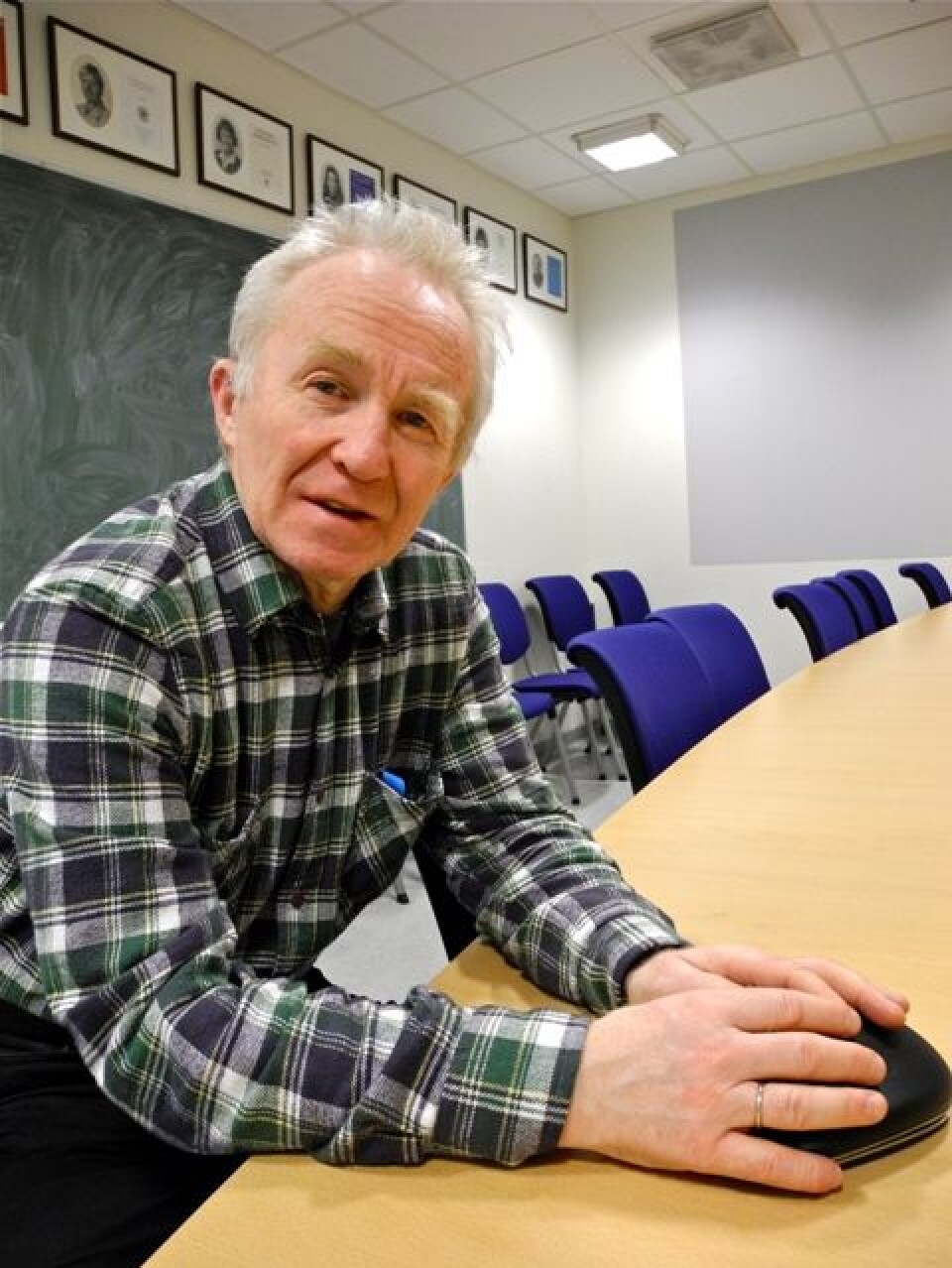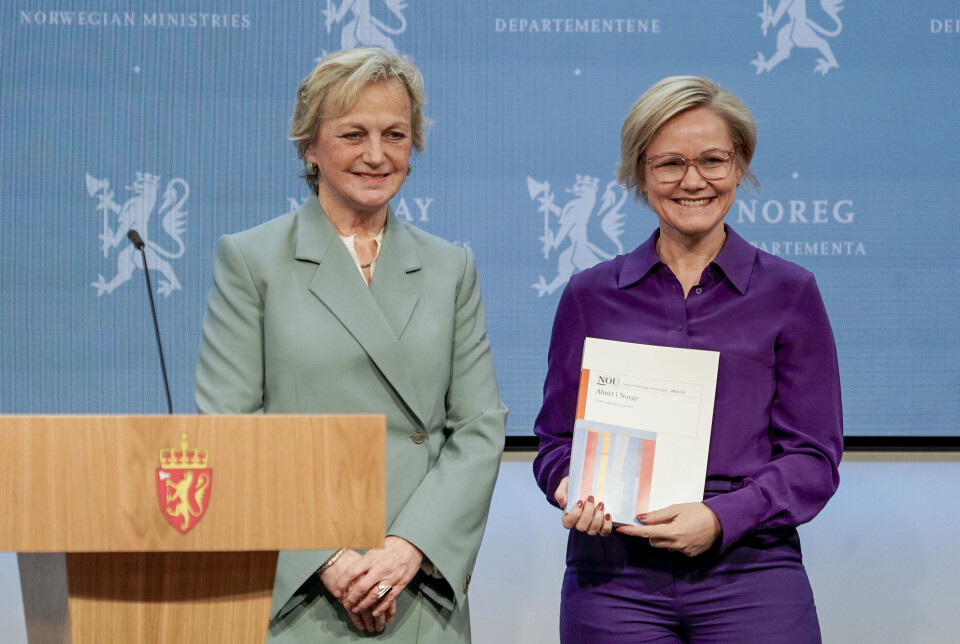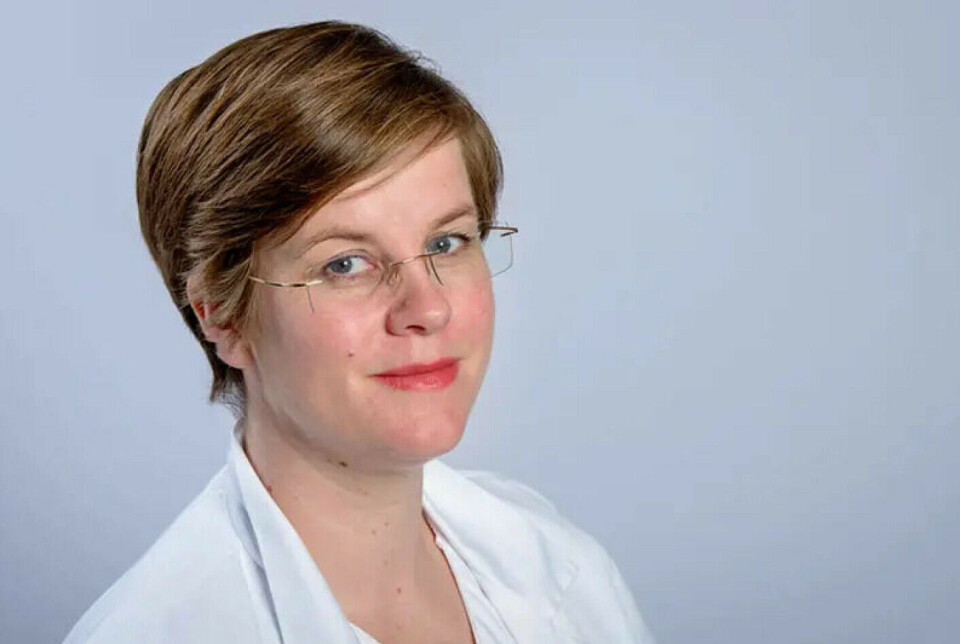
What would happen if the limit for self-determined abortion was extended?
Norwegian politicians will soon decide whether the limit for self-determined abortion should be moved from the 12th to the 18th week of pregnancy. Researchers do not believe this will affect abortion numbers.
The Norwegian Abortion Committee has recommended extending the limit for self-determined abortion from the 12th to the 18th week of pregnancy.
Currently, anyone seeking an abortion after the 12th week of pregnancy in Norway must have it approved by a panel consisting of two doctors.
Changing the limit from the 12th to the 18th week of pregnancy will not affect the trend of abortions in Norway, according to Finn Egil Skjeldestad. He is a professor at UiT The Arctic University of Norway.

He has led a study examining how the number of abortions has changed in the Nordic countries over the past 50 years.
It shows that the frequency of abortions is now much lower than 50 years ago.
Make the decision earlier
The study also reveals that women seek healthcare earlier when they want an abortion.
In the mid-1980s, around 43 per cent of abortions were performed before the 9th week of pregnancy.
This increased to nearly 68 per cent from the turn of the millennium when medical abortion was introduced.
There has been a significant increase in abortions before the 9th week of pregnancy across the Nordic countries. Between 80 and 86 per cent of abortions occur before this time.
In Norway, 95 per cent of all abortions occur before the 12th week of pregnancy.
Very surprising
Initially, researchers thought this trend was due to the availability of medical abortion, which involves taking one or more pills or inserting a tablet into the vagina.
Today, most abortions in the Nordic countries are performed with medication before the 10th week of pregnancy. Many abortions occur at home after the woman has received guidance from healthcare professionals.
Most viewed
“It was surprising that this was not the explanation. Our study shows that women began making the decision about abortion earlier, even as far back as the mid-1980s,” says Skjeldestad.
New abortion law after the summer?
All the Nordic countries introduced liberal abortion laws in the 1970s.
In 1978, the Norwegian Abortion Act gave women the right to choose an abortion within the first 12 weeks of pregnancy.
Several Nordic countries have revised their abortion laws in recent years, while Norway's law has remained largely unchanged for 50 years.
Norway, Denmark, and Finland have maintained stricter abortion laws than Sweden.
Many in Norway believe that the Abortion Act is due for revision.
Lawmakers in the Ministry of Health are currently drafting a proposal for a new Abortion Act, which the Storting will vote on after the summer break.
No increase in late-term abortions
Kari Sønderland, who led the Norwegian Abortion Committee, says that they also conducted a review of abortion and abortion legislation in the Nordic countries. Their findings were similar to those in the Nordic study.
“The researchers' study is much more thorough and comprehensive than the review the committee conducted. However, the insights about trends and the law as a tool are quite similar in both reviews,” Sønderland believes.

She highlights that the available evidence does not support the notion that increased self-determination leads to more late-term abortions.
“Iceland, which has had a self-determination limit at the 22nd week of pregnancy since 2019, has not experienced an increase in late-term abortions following the change,” Sønderland points out.
Seek healthcare earlier
The Nordic study indicates that the proportion of late-term abortions due to suspected serious illness in the child increased throughout the 1980s.
Conversely, the proportion of late-term abortions for so-called social reasons decreased. This means that the pregnancy, childbirth, or childcare could place the woman in a difficult situation.
Researchers believe the decline in the proportion of late-term abortions for social reasons is linked to decisions about abortion being made earlier and women seeking healthcare earlier in pregnancy.
Not surprising
Tilde Broch Østborg, a specialist in obstetrics and gynaecology at Stavanger University Hospital, also sat on the Norwegian Abortion Committee. She is not surprised that women are seeking abortions earlier.

“It’s strange that some believe women will choose to have an abortion later if the limits are extended. Most want to get this done as quickly as possible. When you're pregnant and don't want the child, you don't want to be in that situation for long,” she says.
Østborg adds that if someone chooses to make the decision a bit later to be sure of their choice, isn’t that a quality in itself?
Few young people have abortions
The age group 20 to 24 has consistently had the highest abortion rate across the Nordic countries.
However, recent years have seen a significant drop in these rates, according to the new study.
“The decline is incredible, and it’s interesting that it’s happening simultaneously in all Nordic countries and many other places in the world. This is difficult to explain. It must be something in the times and not something specific to the Nordics,” says Skjeldestad.
Østborg points out that the decline began before the introduction of free contraception and free long-acting contraception for young people.
“Still, it’s reasonable to believe that this change has led to fewer unwanted pregnancies. One might wonder if it will increase again with the trend of influencers advocating against hormonal contraception,” she says.
Fewer abortions than 50 years ago
After liberalisation in the 1970s, there was an increase in the number of abortions in the Nordic region.
Then the numbers stabilised and eventually decreased in all countries. But in the late 1980s, the number of abortions began to rise slightly again.
In recent years, the number of abortions has decreased in all the Nordic countries.
The abortion rate is now much lower than 50 years ago.
Skjeldstad believes there are many factors that could suggest otherwise.
“For example, more women and men choose to live as singles, and more choose not to have children. But what we observe is that abortion rates are lower than 50 years ago,” he says.
The researcher believes this shows a high level of awareness and responsibility regarding contraception use.
Ultrasound and prenatal diagnostics
After ultrasound screening was introduced in the mid-1980s, there was an increase in the number of late-term abortions due to foetal abnormalities, says Skjeldestad.
“But because the number of late-term abortions for social reasons decreased, there was no real increase in the total number of late-term abortions in the 1980s and 1990s,” he says.
Only in recent years, with the expanded offer of prenatal diagnostics, has there been a slight increase in early late-term abortions, in the 13th-15th weeks of pregnancy, both in Norway and Finland.
A legal ‘sham process’
Today, almost everyone who applies for an abortion after the 12th week of pregnancy is granted one, according to Østborg.
She believes it is unnecessary to use resources to discuss the number of weeks for self-determination, which many primarily think of when talking about a new abortion law.
Through her work in the Norwegian Abortion Committee, she realised that a new law involves more than this.
“I want resources to be used for care and guidance, instead of a legal sham process, when the Storting will consider a new abortion law this summer,” says Østborg.
She clarifies that she is speaking on her own behalf, not on behalf of the committee.
———
Translated by Alette Bjordal Gjellesvik
Read the Norwegian version of this article on forskning.no
Reference:
Skjeldestad et al.: Trends over 50 years with liberal abortion laws in the Nordic countries. PLOS ONE, 2024. DOI: 10.1371/journal.pone.0305701






































